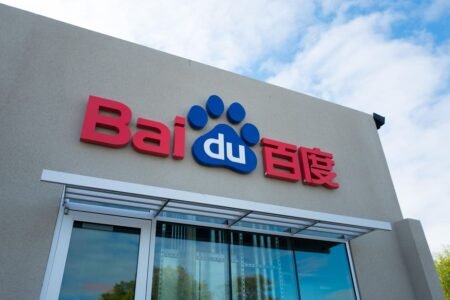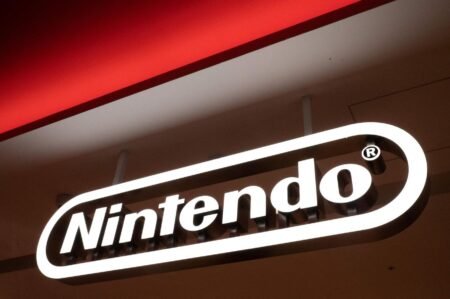In the previous article published on Thursday, the focus was on covered-call funds, which are low-drama, high-paying investments that provide 7%+ payouts. These funds are especially useful in times of higher market volatility, which has been evident recently and is expected to continue as we move closer to the end of the year. The option strategy employed by covered-call funds helps to reduce volatility and increase income. The article provided a detailed breakdown of how these funds work and highlighted their benefits during turbulent market conditions.
Moving forward, the discussion in today’s article will focus on how covered-call funds can be incorporated into an investment portfolio. These funds have become increasingly popular due to their combination of income and stability. While they are suitable for short-term hedging and dividend generation, it is important to note that they may not be ideal for long-term investments. Covered-call funds sacrifice a portion of their future profits for immediate cash guarantees by selling options to investors who want to buy the fund’s assets at a fixed price in the future. As a result, these funds may not match the performance of their benchmark indices over the long term.
Comparing the performance of a covered-call fund, such as the Global X NASDAQ 100 Covered Call ETF (QYLD), with its underlying index, the Invesco QQQ Trust (QQQ), shows that covered-call funds may underperform over the long term. However, during periods of market stagnation, covered-call funds have the potential to outperform their benchmarks. For example, during a flat six-month period from September 2015 to February 2016, QYLD performed better than the index. This temporary outperformance is a characteristic of covered-call funds when the market is undecided on its direction.
In addition to providing protection during market uncertainties, covered-call funds offer high dividend yields. For income investors, funds like QYLD and the Invesco S&P 500 BuyWrite ETF (PBP) are attractive options due to their 11% and 8% yields, respectively. These funds can be complemented by “pure” equity closed-end funds (CEFs) that do not engage in option selling and can be held for the long term. An example is the Adams Diversified Equity Fund (ADX), which has a yield of around 8% and has outperformed the S&P 500 over the last decade. ADX, which is managed by Adams Funds with a long history dating back to 1840, offers exposure to blue-chip stocks and trades at a discount to its net asset value.
Investors can consider swapping an S&P 500 index fund for ADX to benefit from its outperformance and high income yield. The recent change in ADX’s dividend policy, now paying 2% of its NAV per quarter, has led to an average 8% yield on NAV. With the fund trading at a discount to its NAV, investors can acquire its holdings at a price lower than their actual value. The new dividend policy is expected to attract more investors and narrow the discount further, making it an opportune time to invest in ADX. Overall, covered-call funds like QYLD and long-term investments like ADX can be strategic components of an investor’s portfolio, providing both income and stability in varying market conditions.












